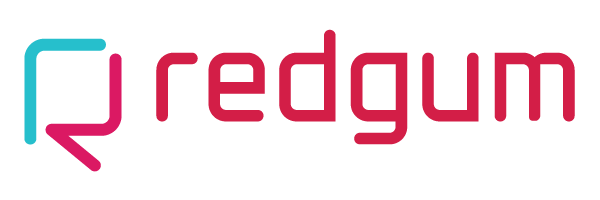Identifying the True Value
When creating your Cloud Asset it is critical to understand the value you are providing, and who your providing it too.
Once you understand the “first order value”, which is the direct result a user gets from your solution, you can then start to think about the bigger picture.
What does having this result mean to the individual? Are they faster, more accurate, save time, can focus on other things, get more done and still go for coffee.
To the people around them? Do the results make it easier, less errors mean less rework, higher trust, better flow of work.
To the department they work in? Is there an uplift to their department, is there a better
To their boss? Is there one less thing on their plate? something they don’t have to worry about?
To their company? Do they make or save more money? Do they get a better quality, can they take on more customers, do they get a new product/solution/offering to their customers?
To up and down stream suppliers? Is there a benefit to other companies? could these companies participate? What systems do they use and should you integrate to them?
From our Redgum Content example, we look at the downstream integrations, what are suitable platforms, what relationships do we form? what part does our system play in the wider ecosystem?
These are the “higher order Values” that your solution provides, and it is these higher order values that will actually make the your solution to be successful.
When documenting your idea, it is important to recognize that the benefits to the customer may not always be immediately known or obvious.
This is where you need to focus your attention and invest time to clearly understand and describe the actual benefits. While inventors often envision various advantages, these may not resonate with others or align with what truly motivates potential users.
To determine the genuine benefits, consider the following steps:
Explore the Customer Perspective: Put yourself in the shoes of the customer and try to understand their needs, desires, and pain points. What problem does your idea solve for them? How does it make their lives better or easier? Take the time to empathize and gain insights into their motivations.
Seek External Input: Engage with others, such as potential customers, industry experts, or advisors, to gather diverse perspectives. Present your idea and ask for their input on the benefits they perceive. Their feedback can shed light on aspects you may have overlooked and help you refine your understanding of the true value proposition.
Iterate and Refine: Continuously iterate and refine your documentation to ensure that it effectively communicates the genuine benefits. Capture feedback, test your assumptions, and refine your messaging until you achieve clarity and alignment.
An illustrative example is the case of Eat by Design, which aimed to make it easier for dietitians to create meal plans for their customers.
While this may initially seem like a convenience-driven benefit, a deeper analysis revealed a more profound change: the transformation of the relationship between dietitians and their customers from one-time appointments to an ongoing subscription model.
This shift not only simplified meal planning but also provided a sustainable and continuous support system for customers, resulting in enhanced outcomes for all parties.
By diligently focusing on uncovering the true benefits and seeking agreement from others, you can refine your documentation to reflect the value your idea brings to customers. This process helps ensure that your communication resonates with potential users, addressing their needs and motivating them to embrace your solution.
Remember, documenting the customer benefits is a vital step in conveying the value of your idea. By investing time and effort in understanding and articulating these benefits clearly, you enhance the effectiveness of your communication and increase the chances of others recognizing the true value of your idea.


